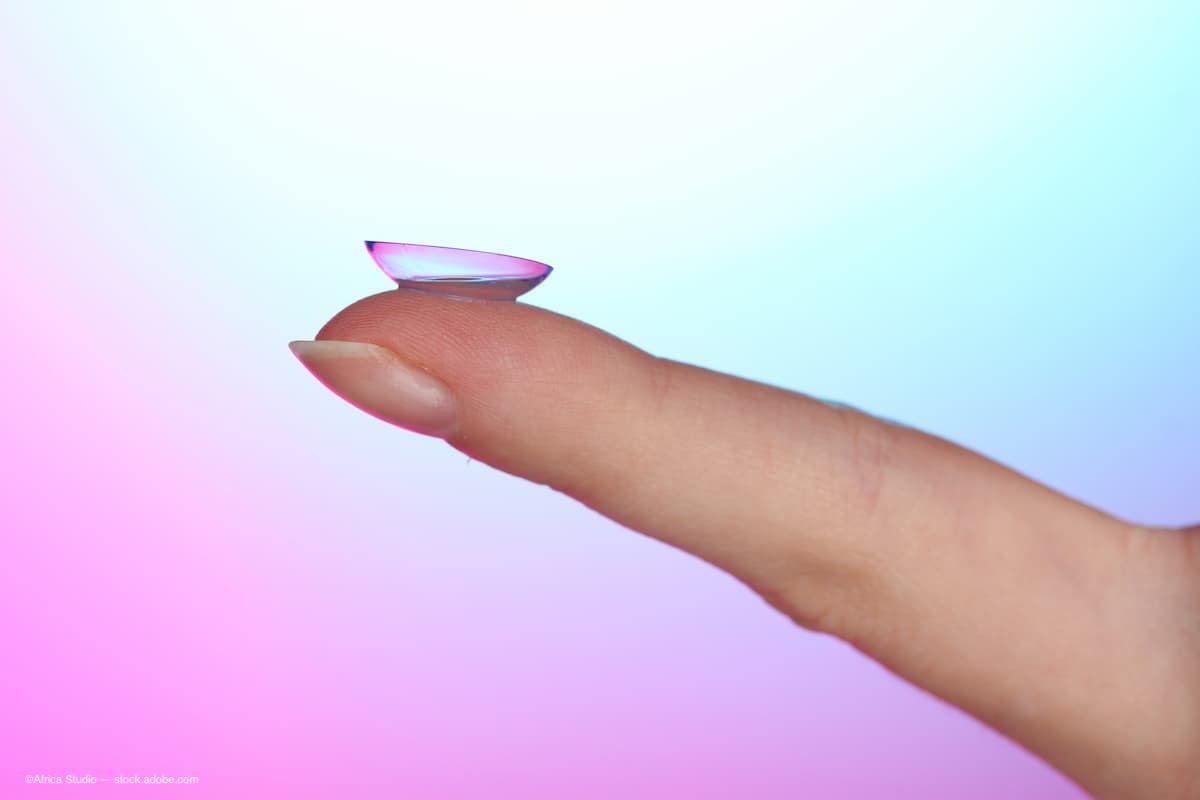News
Video
AAO 2024: Myopic LASIK performed using a novel excimer laser
Author(s):
Key Takeaways
- The TENEO laser is the first FDA-approved excimer laser in over a decade, showing significant improvements in visual acuity post-LASIK.
- Over 300 eyes with myopia and myopic astigmatism were studied, with more than a third gaining a line of best corrected visual acuity.
George O. Waring, IV, MD provides insights from an on-demand poster as part of the annual American Academy of Ophthalmology taking place in Chicago, Illinois. This poster shared data on the the 9-month FDA data of the recently approved excimer laser, the TENEO laser, by Bausch + Lomb.
George O. Waring, IV, MD provides insights from an on-demand poster as part of the annual American Academy of Ophthalmology taking place in Chicago, Illinois. This poster shared data on the the 9-month FDA data of the recently approved excimer laser, the TENEO laser, by Bausch + Lomb.
This transcript has been lightly edited for clarity.
George O. Waring, IV, MD: Hi, it's George Waring, IV, from the Waring Vision Institute in Mount, Pleasant, South Carolina, coming to you live here from the American Academy of Ophthalmology in Chicago, Illinois. What a great meeting, and we have the real pleasure to get to present a number of the data that we've been involved with over the years. One of the really exciting innovations in our space is modern day refractive lasers, that is, excimer lasers. And we have a new entrant into the space, the TENEO laser, by Bausch + Lomb is the first FDA-approved excimer laser in over a decade. And we had the wonderful pleasure to present the 9-month FDA data here at the American Academy of Ophthalmology. What did we find? Well, first off, there were over 300 eyes enrolled from myopia and myopic astigmatism, ranging from plano to minus 11.5 diopters of sphere and up to 3 diopters of myopic astigmatism. We looked at all the standard safety and efficacy parameters, and I want to share some of the highlights with you. First and foremost, not only were all the safety and efficacy criteria met, hence the FDA approval, but what we published recently in the Journal of Refractive Surgery were, what we believe, some of the best results with an excimer laser to date. Well, more specifically, we saw that more than a third of eyes gained a line of best corrected visual acuity after LASIK. That's really something special. We also found that eyes that had LASIK in our study were 3 times more likely to achieve 201/6 vision or better relative to those preoperatively with glasses or contact lenses. Stated another way, these patients saw better with snellen visual acuity after LASIK compared to before LASIK by a significant margin. When we looked at manifest, refractive, spherical equivalent out to 9 months, what we found was that the MRSE was minus 0.04 and incredibly stable over time. Again, some of the best, if not the best, data published to date. That's incredible, up to minus 11 and a half diopters of myopia, myopic astigmatism. We also looked at patient reported outcomes in the FDA study, and what we found was that for all the key indicators that patients preferred their vision and different aspects of their vision more after LASIK compared to before LASIK with glasses or contact lenses. Real specifically: nighttime glare, halos, quality of vision, they all felt were better, and this was all statistically significant after LASIK compared to before LASIK with glasses or contact lenses. So they thought their vision was better after their vision correction, and then finally, and real importantly, contrast sensitivity measurements also were better after LASIK with the TENEO laser compared to before LASIK with glasses or contact lenses. This is extraordinarily exciting and now in the peer reviewed literature. So we're very happy to share this data with you. It's a great time to be a refractive surgeon. It's a great time to be a refractive patient. And there's it's just, we're just really blessed to get to do what we do.
Newsletter
Don’t miss out—get Ophthalmology Times updates on the latest clinical advancements and expert interviews, straight to your inbox.




